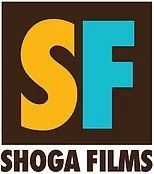The Forgotten Pansy Craze
October is LGBT History Month, and so we should remember the Pansy Craze of the early 1930s, one of the few bright spots of pre-Stonewall history that isn’t a catalog of martyrdom and calamity. But it’s hard to remember something that you never knew about.
What are our touchstones of early 20th-century queer history? Weimar Berlin (crushed by the Nazis); the pink triangle (again, courtesy of the Nazis); the Lavender Scare of the 1950s (brought to you by the US government). There were points of light in the homophobic gloom, stories of enduring love and brave affirmations, but these were individual stories, snuffed out, erased, or known only to the initiated. They did not impact the culture at large.
Except … in December of 1930, the Pansy Club opened in Times Square, featuring the nation’s best-known female impersonator, Karyl Norman, the “Creole Fashion Plate.” The club sent out opening-night invitations printed in lavender ink promising “something different” entitled ”PANSIES ON PARADE.” Two of Times Square’s three most successful clubs depended on the drawing power of their pansy emcees.
Brevities, a gossip sheet billing itself as “America’s First Tabloid Weekly” offered extensive coverage – twelve to sixteen pages – of the gay scene. The Broadway Tatler devoted a double column in most issues to the “Pansy Bugle.” Variety, the trade publication of the entertainment world, regularly covered the gay scene from the mid-1920s to 1931. Book publishers for the first time, opened their presses to novels that were sympathetic to or explanatory of gay men – none of them very good, alas. Still, Strange Brother (1931), Twilight Men (1931), and A Scarlet Pansy (1932) increased the visibility of gay men in a way that didn’t lead to calls for their extinction.
The period of the Pansy Craze also saw the apogee of the drag balls which had been increasing in number and visibility throughout the Prohibition era. By the late 1920s six or seven enormous affairs were staged every year in some of the city’s largest and most reputable halls, including Madison Square Garden, the Astor Hotel in midtown and Rockland Palace in Harlem. The Hamilton Lodge ball held in Rockland Palace drew thousands of dancers and spectators. These events not only provided legal cover for transvestites (who would have otherwise been arrested for appearing as such in public) but catered to the growing fascination of non-queer spectators both titillated and dazzled by the flamboyant display of camp culture.
Jean Malin, the era’s most famous pansy, cut his sheath on drag, winning prizes for his costumes at the Manhattan balls. When Malin became the headliner in the spring of 1930 at the swank Club Abbey, he not only brought effeminacy into the mainstream, he made it positively fashionable. Malin was swishy, but he was also a six-foot-tall, 200-pound bruiser with an attitude and a lisp. As America’s first openly homosexual performer, Malin established the persona of the gay man, not as a female impersonator, but as a sassy queen in male attire. He moved on stage and amongst audience members as a sophisticated, flamboyant, wisecracking emcee, sometimes heckled but always with a clapback. This was one pansy who wasn’t cowed or ashamed or hiding. It’s borderline criminal (but predictable) that Jean Malin isn’t celebrated as a gay icon, much less even recognized as a trailblazer.
The Pansy Craze spread from New York to Chicago, San Francisco, Atlanta, and Los Angeles. But like most fads – like the Negro vogue that preceded it – the Pansy Craze fell out of fashion. Then it was murdered by the forces of reaction – the Catholic church, the Hays code in Hollywood, the new liquor laws set up after the end of Prohibition that withheld licenses from establishments deemed “disorderly.” To quote historian George Chauncey, “The state built the closet and then forced gay people into it.”
The Lavender Scare of the 1950s made identifying as queer so dangerous that there was no question of digging up the past or remembering a time when homosexuality was visible and exercised some cultural power. It wasn’t until 1994 that Chauncey himself coined the term “Pansy Craze,” and this in his groundbreaking history, Gay New York. But still, that period hasn’t been recuperated by our queer brethren. Still, Jean Malin remains uncelebrated.
Why not? These inconvenient historical facts don’t square with the politics of respectability so beloved by our mostly white, mostly middle-class leaders of gay liberation. It’s embarrassing enough that the Stonewall Riots were initiated by trans women and young queers of color, sex workers and street people. Do we have to add that our earliest example of gay empowerment came from … a Pansy?
Recent Posts
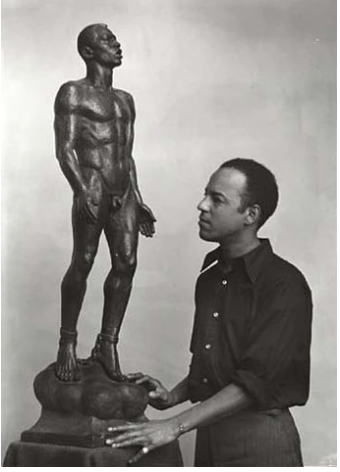
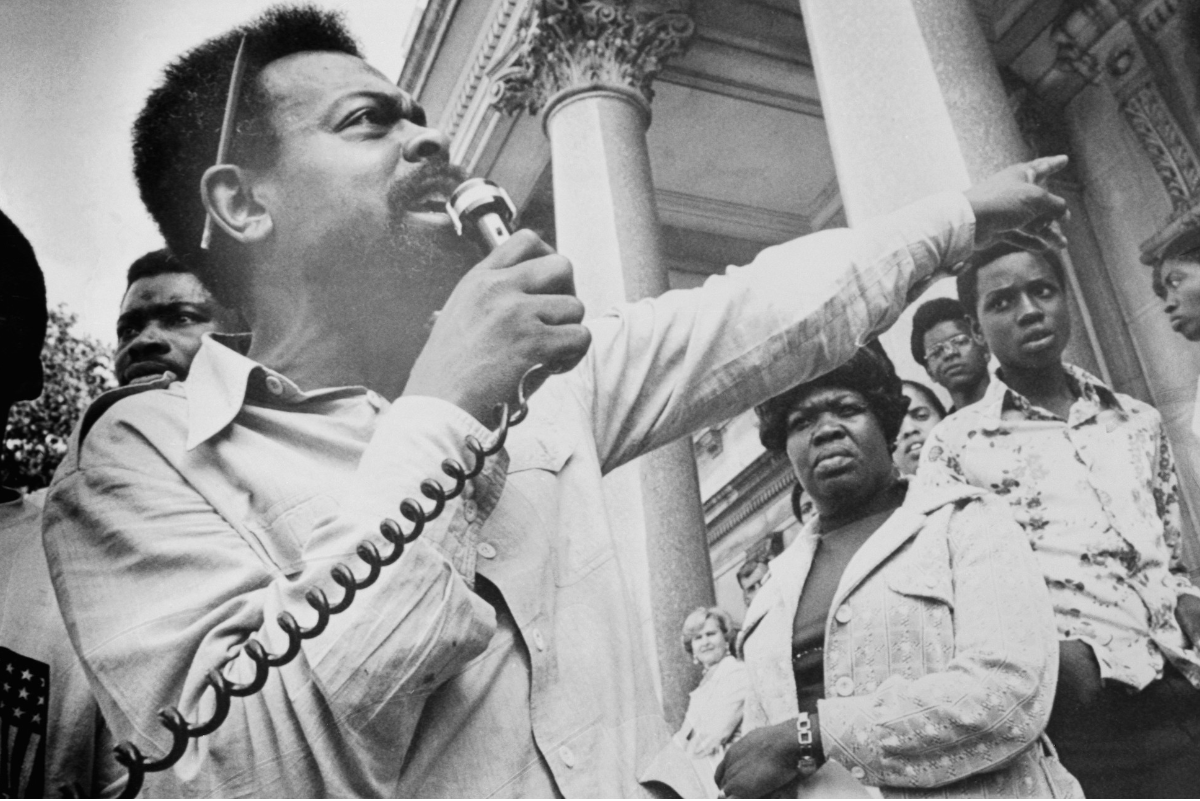
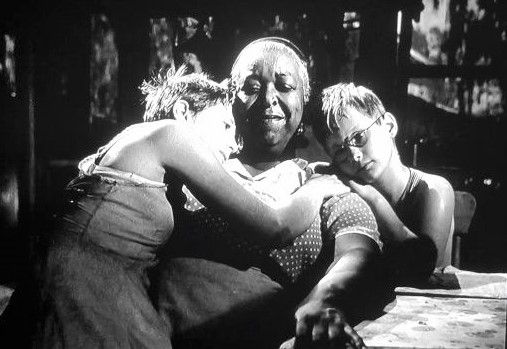
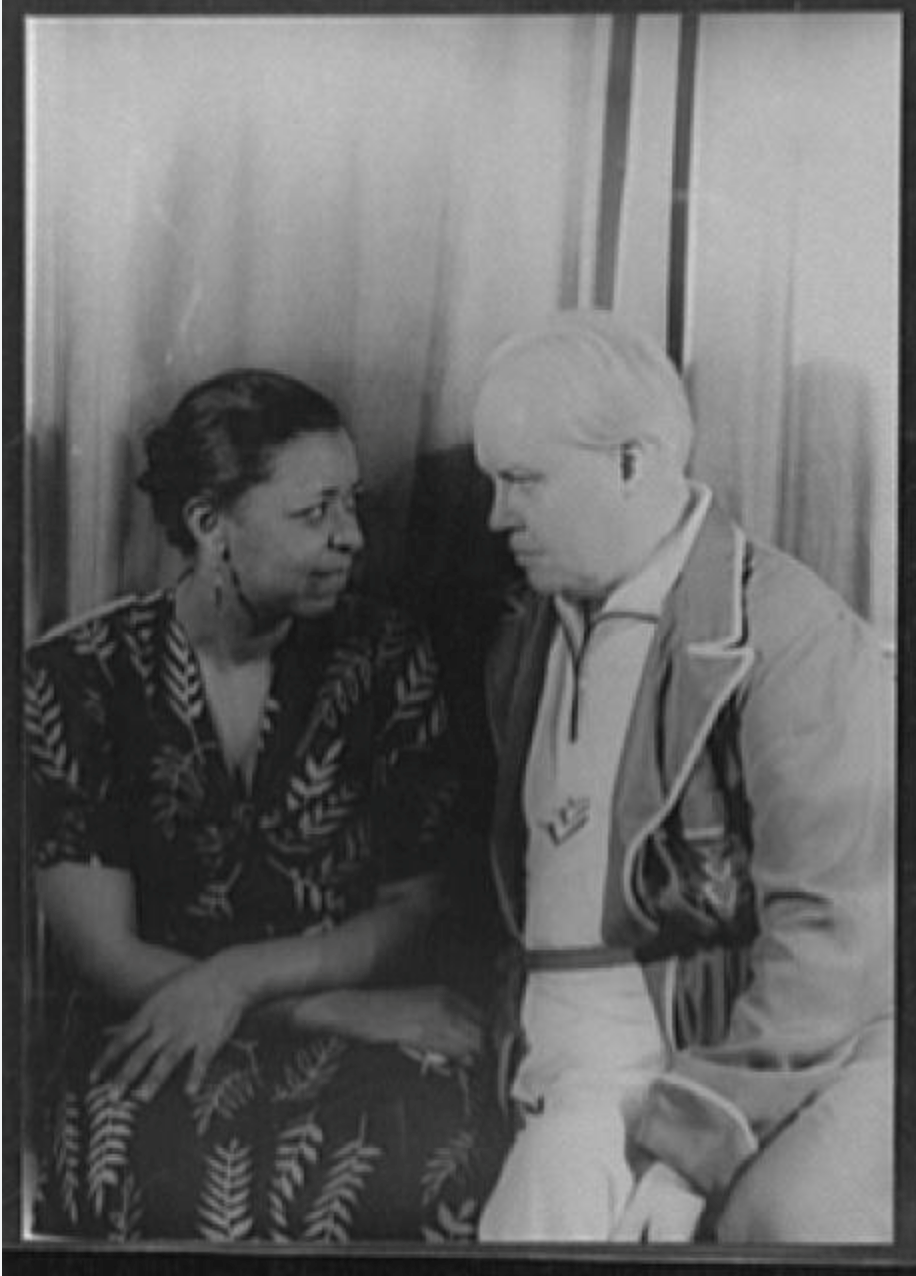
SHOGA FILMS is a 501(c) (3) non-profit production and education company. We create multimedia works around race and sexuality that are intended to raise awareness and foster critical discussion.
Contact Us
All Rights Reserved | Shoga Films
Stay Connected
Thanks for subscribing!
Please try again later.

